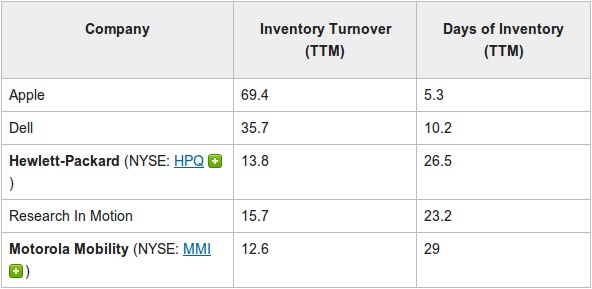Recently, adidas Group has made changes in managing its supply chain that allows for better communication between factory management and supply chain workers. During 2012, adidas Group conducted a mobile phone communication pilot project at one of its major footwear suppliers in Indonesia. The project emphasizes the fact that many workers in Indonesia use mobile phones regularly and that this form of communication can improve relations between factory management and supply chain workers.
The use of mobile phones to communicate between factory management and supply chain workers allows workers to send an SMS text message anonymously to a hotline when there are issues in which they are concerned about. The factory Human Resources or compliance staff manages this hotline. Workers’ concerns can be investigated quickly and workers can easily communicate issues directly to factory management. This allows these issues to be detected and addressed early. Not only does this system allow workers to communicate their concerns to management anonymously, it also allows management to have a better understanding of the supply chain workers, which in turn helps them better manage the supply chain. This system is also useful in empowering employees because they have direct contact with factory management. Supply chain workers have a chance to voice their concerns regarding their working environment and their concerns will be heard directly by management.
During the beginning of this project, workers began to communicate matters related to Human Resources, like staff reductions, working hours, and insurance. Some workers went the extra step and asked questions, as well as made suggestions to management. The pilot thus far has shown positive results from both the workers and factory management. In order to gain worker feedback, surveys were administered, and a majority of the respondents enjoyed the new system and saw it as a valuable communication channel with factory management. The success of this project pilot in Indonesia has led adidas Group to implement the project to four other Indonesian factories and one Vietnam factory. adidas Group intends to further extend this service to other adidas Group suppliers in future years. They feel that this is an effective form of communication and that it closes the communication gap that can exist between workers and factory management.
adidas Group Board member Glenn Bennett, who is responsible for Global Operations, explained that, “Protecting the interests of global workers involved in manufacturing our products is an on-going priority for the adidas Group as we constantly strive to improve workers’ conditions in our suppliers’ factories.”
With mobile phone usage on the rise around the globe, how could this form of communication change supply chain management? Are there any negative effects that could result from this form of mobile phone communication between management and workers?
Sources:
http://finance.yahoo.com/news/adidas-group-shows-leadership-supply-120504917.html
Image: http://upload.wikimedia.org/wikipedia/commons/thumb/2/20/Adidas_Logo.svg/200px-Adidas_Logo.svg.png







